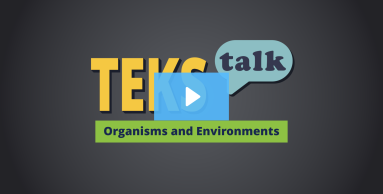
Knowledge and Skills Statement
Research
Bobrowsky, Matt. “Science 101 Q: Which Came First - the Chicken or the Egg?” Science and Children 58, no.6 (July/August 2021): 65–67. https://www.proquest.com/docview/2628335029?pq-origsite=gscholar&fromopenview=true&sourcetype=Scholarly%20Journals.
Summary: Students can observe the different variations between types of plants and animals. Many animals in the same species resemble their parents but are usually not identical. It is important to use age-appropriate vocabulary in a student's learning stage. Students should compare animals of the same species and look for similarities and differences. Ask students questions like, ""Why are they different?"" and ""What causes them to be alike?"" These characteristics are inherited by the offspring, causing them to look similar.
